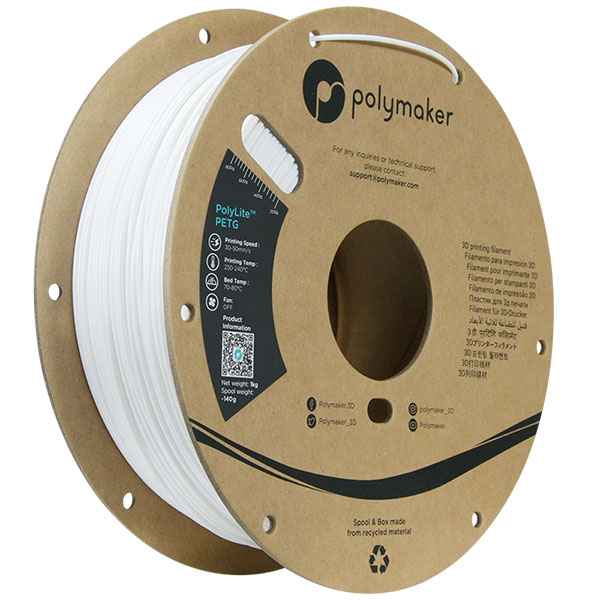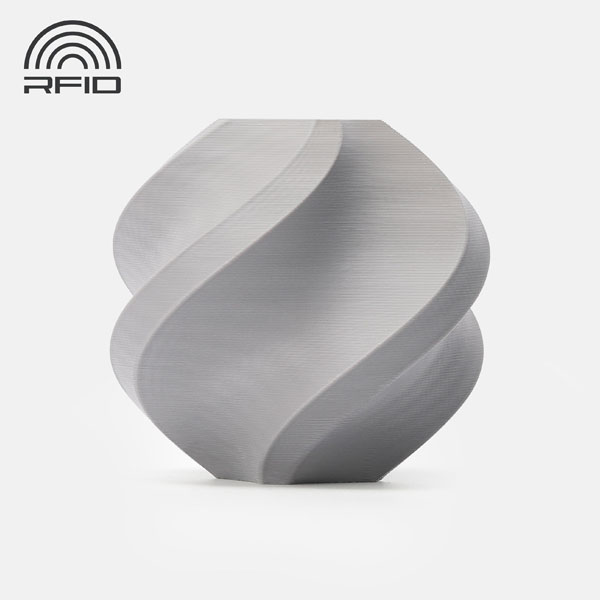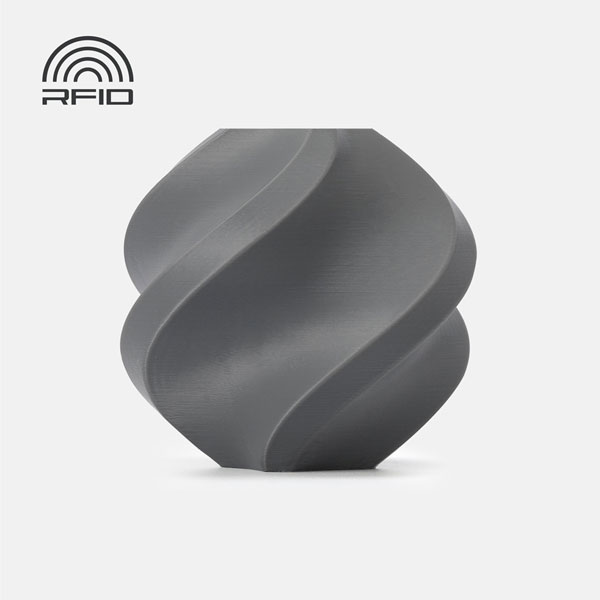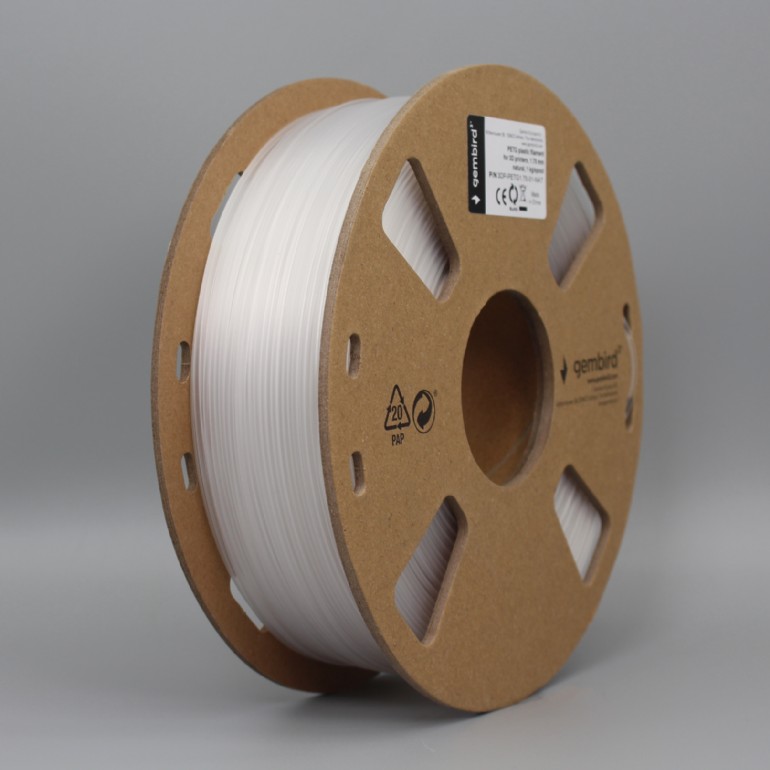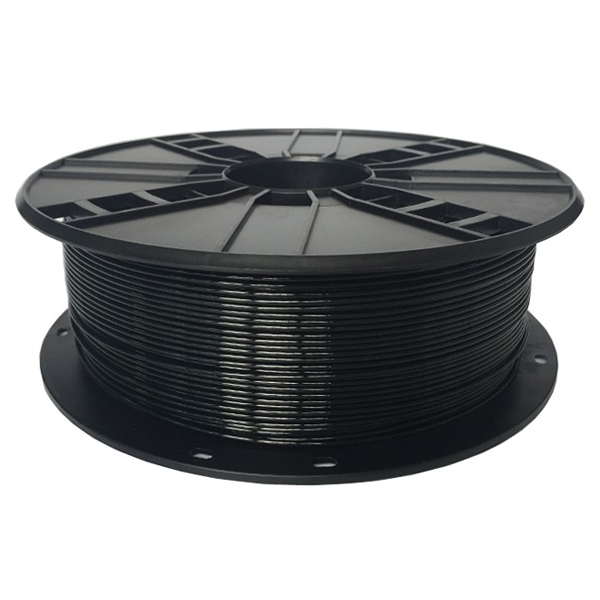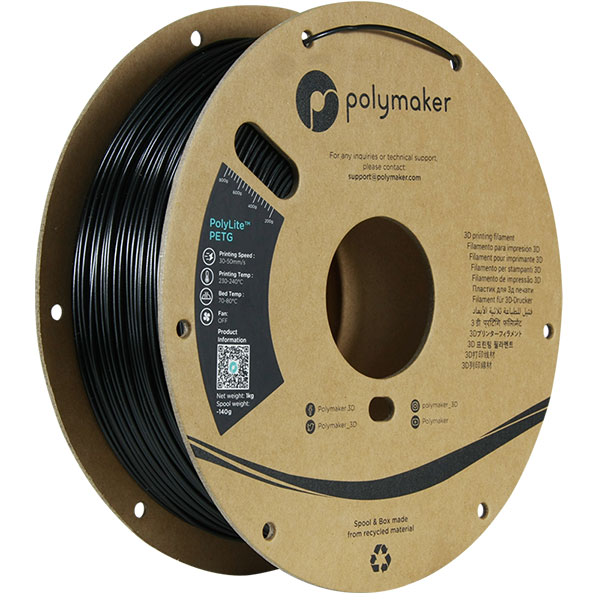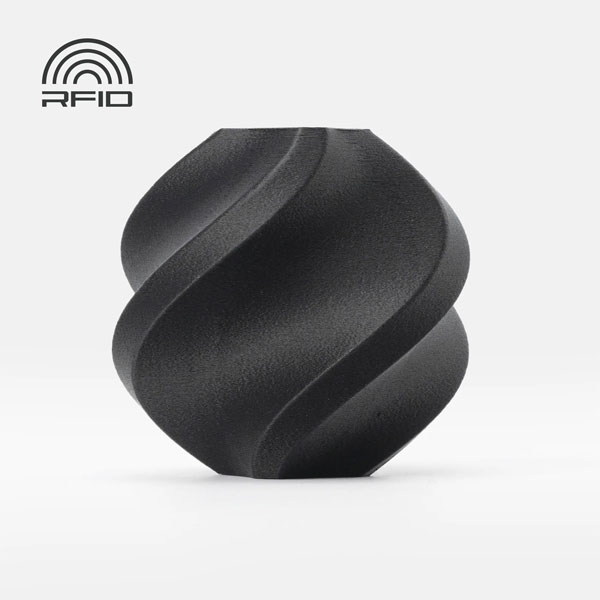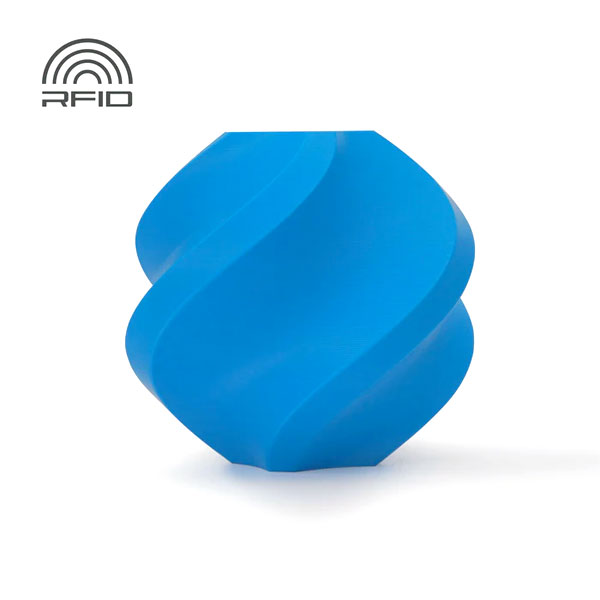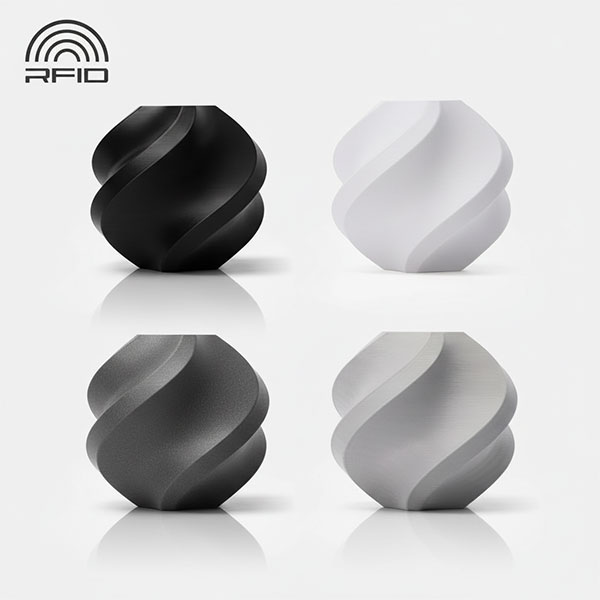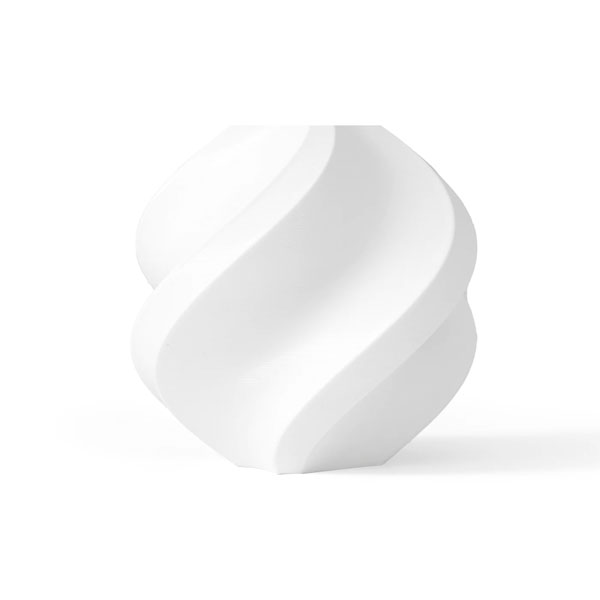5230+ reviews
Order by 16:00 for same day shipping
14 days return
DE
EN
Individual
Business
Filters
Price
to
Colour
Brand
PETG
PETG filament is a versatile material. This type of filament combines strength, durability and ease of use. This makes it ideal for both technical parts and clean, visual prints. PETG is popular with makers, designers and engineers. It is strong enough for functional applications and clean enough for housings. Whether you are printing a robust part or a sleek design, PETG often meets expectations. It is reliable, versatile and easy to use.
47 products found
Sort by:
Most popular in PETG filament
The rise of PETG is not coming out of nowhere. More and more hobbyists and professionals are switching. PETG offers the best of PLA and ABS. It is easy to print like PLA, but stronger and more durable. At the same time, it warps less than ABS. This reduces the chance of failed prints.
PETG performs well in situations where strength and a neat finish count. Think of technical parts, housings and practical objects. That is why it is often the material of choice for demanding 3D projects.
This type of filament also comes in various colours. Unlike most other types of filament, you can also order PETG in a transparent version. This is ideal for lampshades or tea light holders, for example. Of course, it is also available in standard colours.
What is PETG filament?
PETG stands for PolyEthylene Terephthalate Glycol. It is a modified version of PET, the plastic of soft drink bottles. The addition of glycol makes it less brittle. This improves the printability and increases the shock resistance.
PETG is flexible but strong. This makes it less likely to break. It is chemically resistant, resistant to moisture and insensitive to UV light. This makes it suitable for outdoor use. Even with large prints it remains stable, without deforming. It adheres well to the print bed, so warping rarely occurs.
What should you pay attention to when buying PETG filament?
Not all PETG filament is created equal. When buying, look for three things: diameter consistency, material purity and spool quality.
A constant diameter ensures an even feed. Pure material gives a better print result. Cheap filament sometimes contains impurities. These can clog your nozzle or cause bad layers. Badly wound spools can get stuck during printing.
Also consider the requirements of your printer. Some printers require a higher nozzle temperature or heated bed for PETG. Also consider the desired color and finish: PETG comes in matte, glossy, and transparent.
What is possible with PETG filament?
PETG is versatile. The material is strong, durable and resistant to moisture. This makes it suitable for a wide range of applications, both indoors and outdoors.
Use PETG for functional parts such as clips, fasteners, housings or machine parts. It is also ideal for prototyping. You can also use it to make decorative objects: vases, lampshades or ornamental accessories.
Moving parts are also possible, provided you apply the right tolerances. For small series of end products, PETG offers a good balance between functionality and professional appearance.
Which 3D printer is PETG filament suitable for?
Most FDM printers can work with PETG. The condition is that your printer can handle high temperatures. The nozzle must be able to heat between 230 and 250 degrees. The print bed must be able to handle 70 to 90 degrees.
Popular models like the Bambu Lab P1S are perfectly suitable. Budget printers like the Bambu Lab A1 also work well. Provided you use the right settings.
Please note: PETG adheres very well. Sometimes too well. Use an adhesive such as glue stick or special tape. This will prevent your print from sticking or damaging your bed.
With good preparation you can print effortlessly with PETG. It is a nice step up from PLA, without the complexity of ABS.
Are you looking for a strong, durable and user-friendly filament? Then choose PETG. The material is versatile, easy to print and delivers reliable results. Always choose quality and adjust your printer settings. Then you get the most out of your projects. PETG is the logical choice for those who want just that little bit more with 3D printing.
